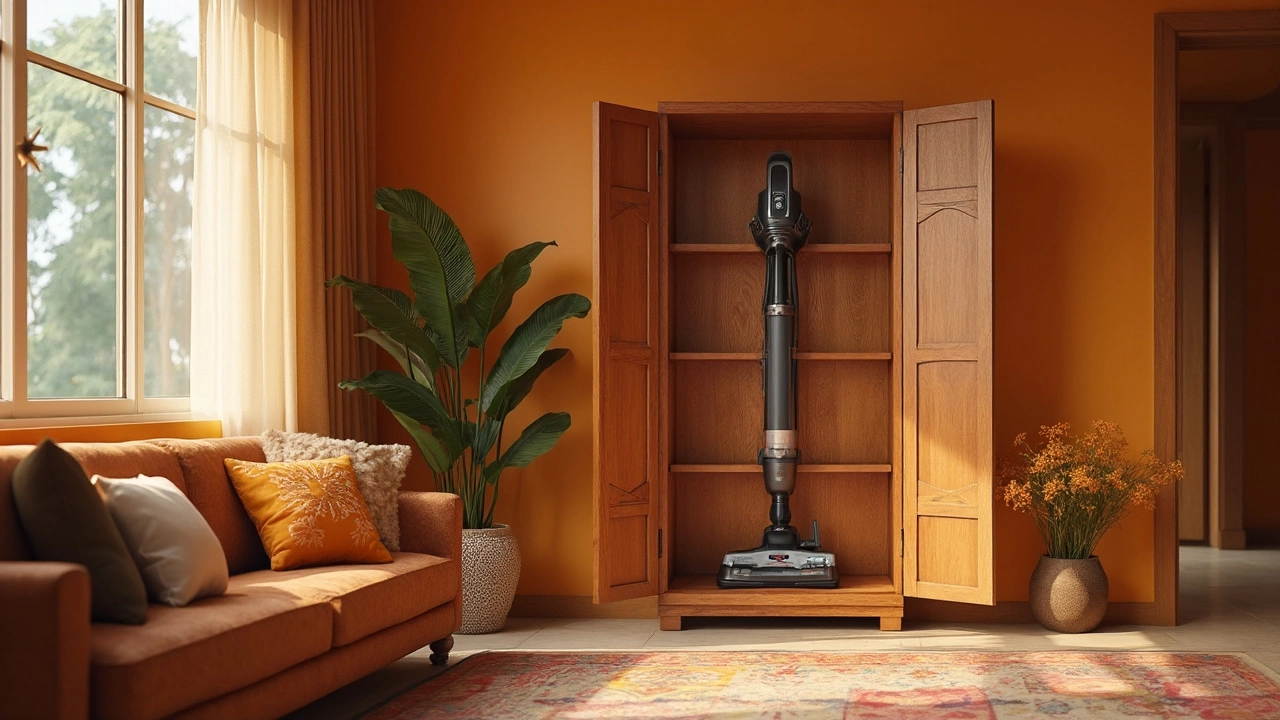
Where Do Most People Store Their Vacuum? Find Out Here!
Storing a vacuum cleaner might seem simple, but it can be surprising how thoughtful placement can save space and even extend the life of your appliance. While many find traditional spots such as closets or utility rooms convenient, some creative solutions can make your home look neater and more organized. Let's dive into practical and clever ways to neatly tuck away your vacuum cleaner.
View More